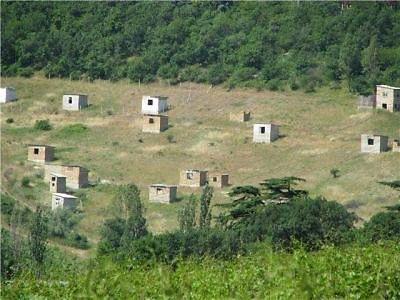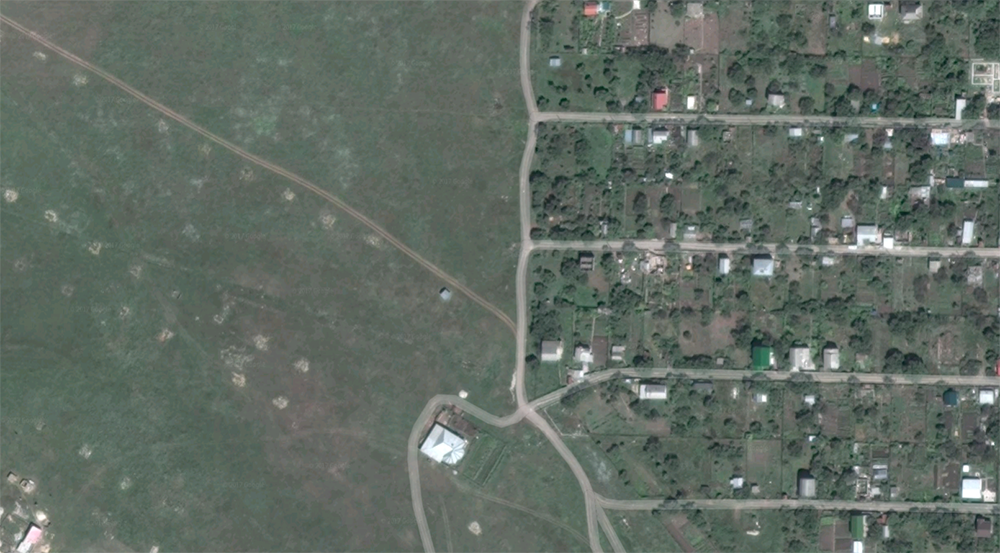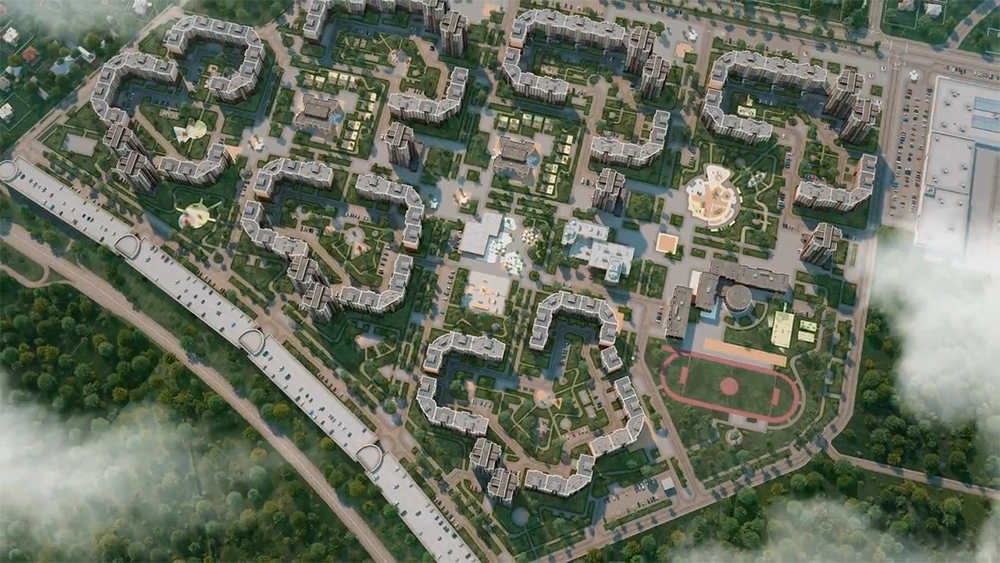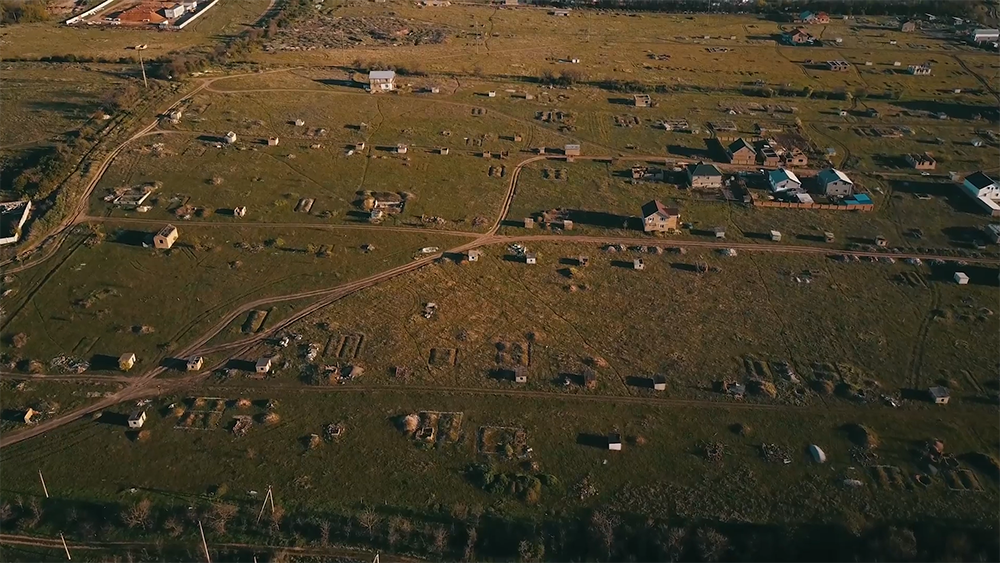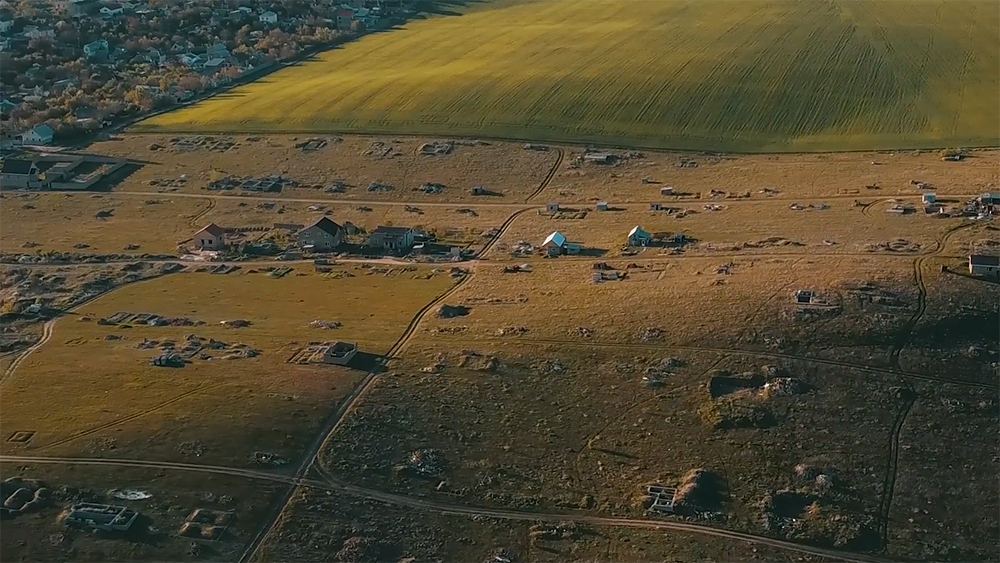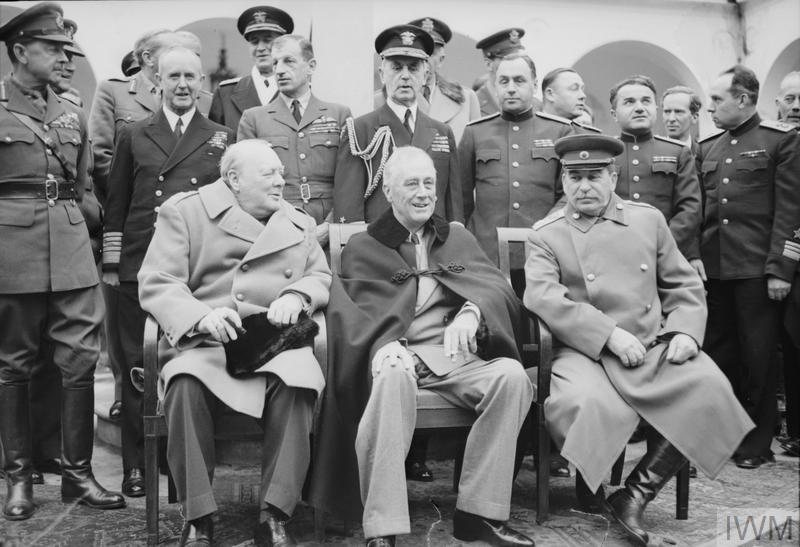Protest Fields: A study of placeholders
-
Little boxes on the hillside
Little boxes made of ticky tacky
Little boxes, little boxes
Little boxes all the same.
— Malvina Reynolds, 1962.
Little boxes on the hillside
Little boxes made of ticky tacky
Little boxes, little boxes
Little boxes all the same.
— Malvina Reynolds, 1962.

